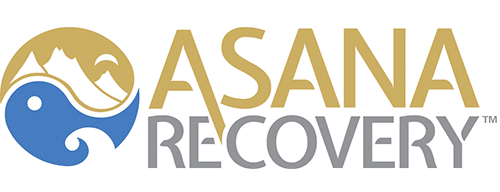Whenever you experience a muscle cramp or a severe headache, you may typically reach for over the counter painkillers to alleviate your irritating problem. However, in cases where the pain is one hundred percent unmanageable, you may have to turn to your doctor or a pain specialist to receive more rigorous forms of medication: prescription opioids. Despite the fact that these drugs do successfully alleviate pain, some people can ultimately fall prey to these potentially addictive substances. To reinforce public safety and to manage patient treatment plans, the CDC has recently established new guidelines that allow only certain categories of people to receive these potentially hazardous drugs.
A Brief Look at Prescription Opioids
Opioids are a group of psychoactive drugs derived from the resin of the opium poppy or engineered in a laboratory (synthetic opioids). The three types include natural (nitrogen-based drugs extracted from the plant), semi-synthetic (drawn from the plant and generated in a lab), and synthetic (completely manmade). Some of the best-known types of prescription opioids include:
- Codeine
- Fentanyl
- Hydrocodone, hydrocodone/acetaminophen
- Methadone
- Morphine
- Oxycodone (OxyContin)
The Purpose of the Improved CDC Regulations
By adjusting existing regulations, the CDC can ensure that doctors follow stricter guidelines as they prescribe opioids to patients and educate people to decrease the risk of addiction. In 2016 alone, an estimated 11.5 million Americans (within the range of 12 years and older) abused prescription opioids, while approximately 11% of adults abused these drugs to some degree. Likewise, doctors have also expressed concern over the fact that their coworkers are not receiving substantial training for prescribing these drugs or educating civilians about risk factors.
Updated Guidelines
As part of the update, the following changes have been made:
- Rather than focusing on people who are at high risk for addiction/abuse, the new CDC guidelines offer educational resources for a variety of patients (including low-risk individuals) and recommend the implementation of drug monitoring programs (state approved) in doctor’s offices.
- More rigorous tactics for monitoring certified prescription opioids and determine when the drugs must be recalled (in the event they are labeled “potentially dangerous”)
- The CDC has lowered the median dosage amount to decrease the overall risk of death via overdose.
Always remember that drugs do not have control over your life. You do. Are you suffering from a form of drug addiction? Do you have a friend or family member suffering from one or more of these debilitating illnesses? If you do, get in touch with Asana Recovery today. Our counselors and healthcare experts are ready to walk you through every step of the detox and withdrawal process and rehabilitation and guide you towards living a happier, healthier, and freer lifestyle. While the road to recovery might not be an easy road to travel, we promise to help you every step of the way. Take the first step to stay fit, healthy, and safe.
The time for you to take back control of your life is now. If you are interested in one of our residential treatment or supervised detoxification/withdrawal programs, we are ready and waiting to speak with you at your disclosure. Call Asana now at (949) 438-4504 to learn how to overcome your drug abuse or addiction troubles today.



